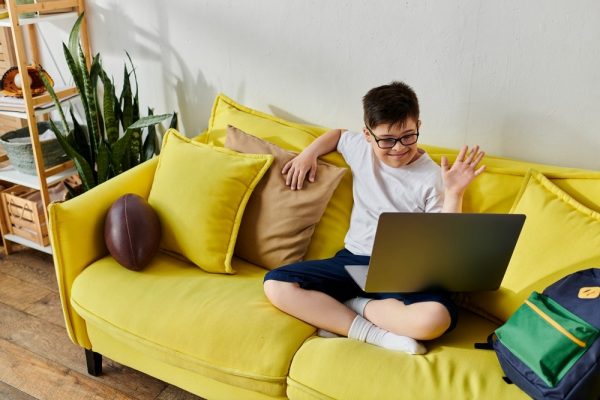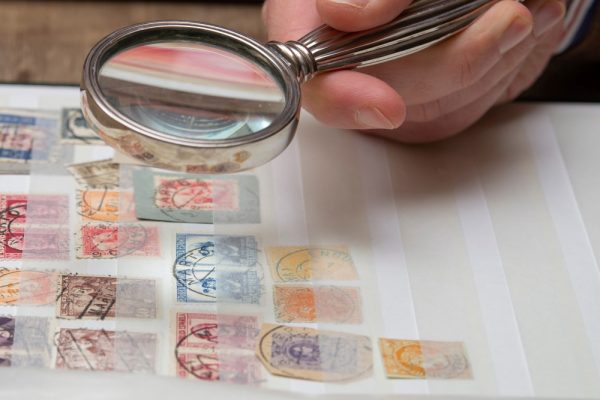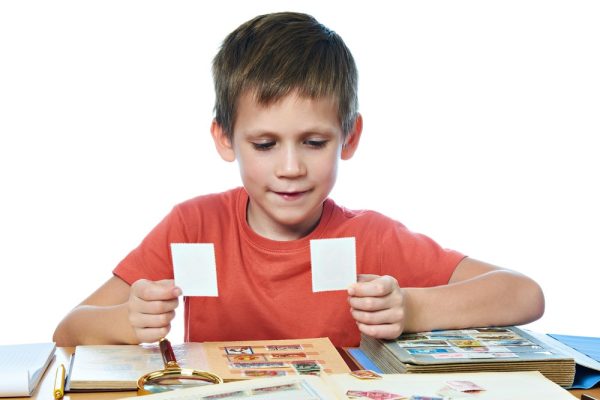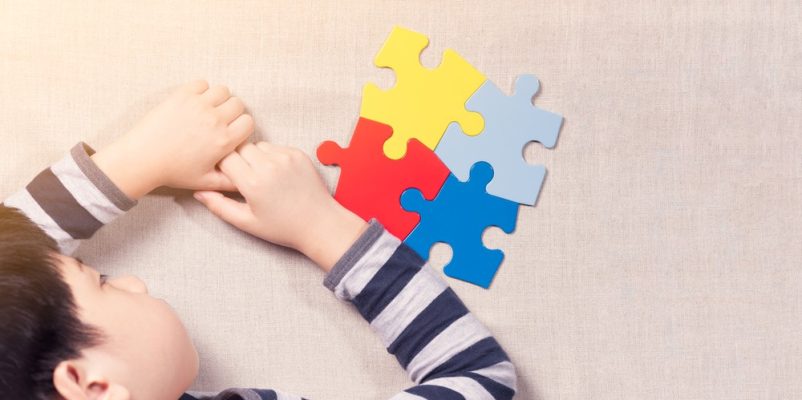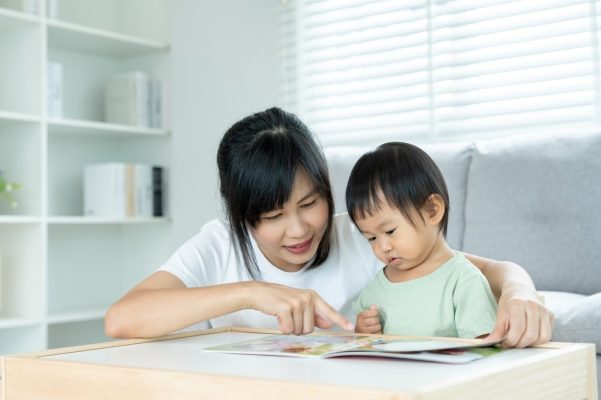system
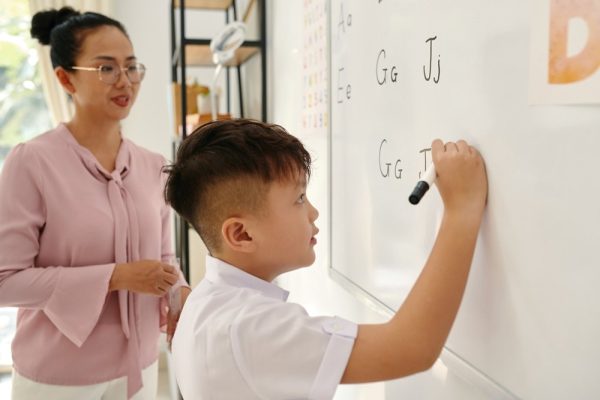
Article by Mr. Cheng Wai-keung, Psychological Counselor at the Infant and Toddler Psychological Development Association.
During the writing training session, Mr. Cheng Wai-keung, a psychological counselor from the Infant and Toddler Psychological Development Association, mentioned the common struggles children face when learning to write in K2.
“He can never write within the lines, everything ends up ‘flying’!”
“His letters always go beyond the boxes; usually, one letter ‘bullies’ two boxes!”
“He often skips lines or boxes while writing.”
“It seems like he lacks strength when writing, the writing is so light that it’s almost invisible!”
These are typical scenarios many children encounter when learning to write in K2. Writing requires a combination of various skills, with the most basic being the strength and flexibility of the small finger muscles (fine motor skills). Insufficient training in fine motor skills can lead to issues like weak or shaky handwriting. So, how can parents handle and train their children in this aspect? It’s simple—start by letting them play with clay, playdough, flour, and other similar materials from a young age.
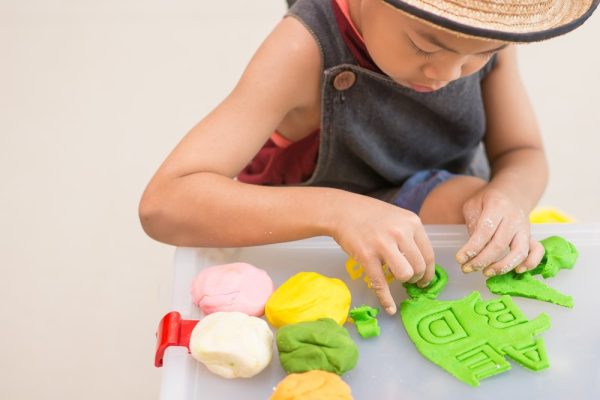
Furthermore, visual spatial awareness and eye control are also crucial for handwriting. Engaging in general ball activities is excellent for training these skills. Tracking the ball visually and making contact (or kicking) the ball is a natural and fun way to practice. Additionally, activities like spot the difference games (finding variances in two pictures) and maze games (first visually finding the way out, then connecting the lines with a pen) can also enhance eye control abilities.
Hand-eye coordination is vital during handwriting practice and should not be overlooked! Activities like bean bag tossing, fishing games, pouring water exercises, and paper cutting can greatly improve hand-eye coordination.
When should these games be introduced, and how long should they be practiced daily? Ideally, parents can start playing these games with their children when they understand and are capable of playing. It’s crucial to base the duration of play on the child’s willingness. If a child loses interest, parents should switch activities rather than enforcing a specific time frame. The author believes that through daily play, children can naturally acquire skills, preventing issues from arising, rather than resorting to remedial exercises. Otherwise, even the most enjoyable games can become tedious and burdensome, leading to more suffering than enjoyment.








